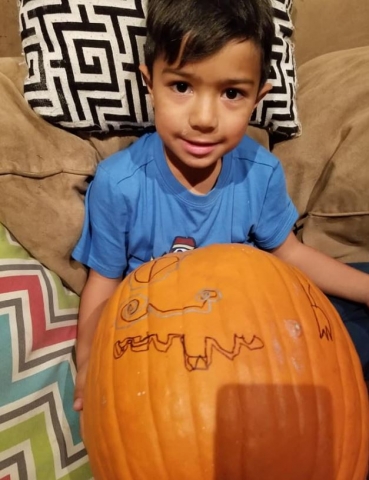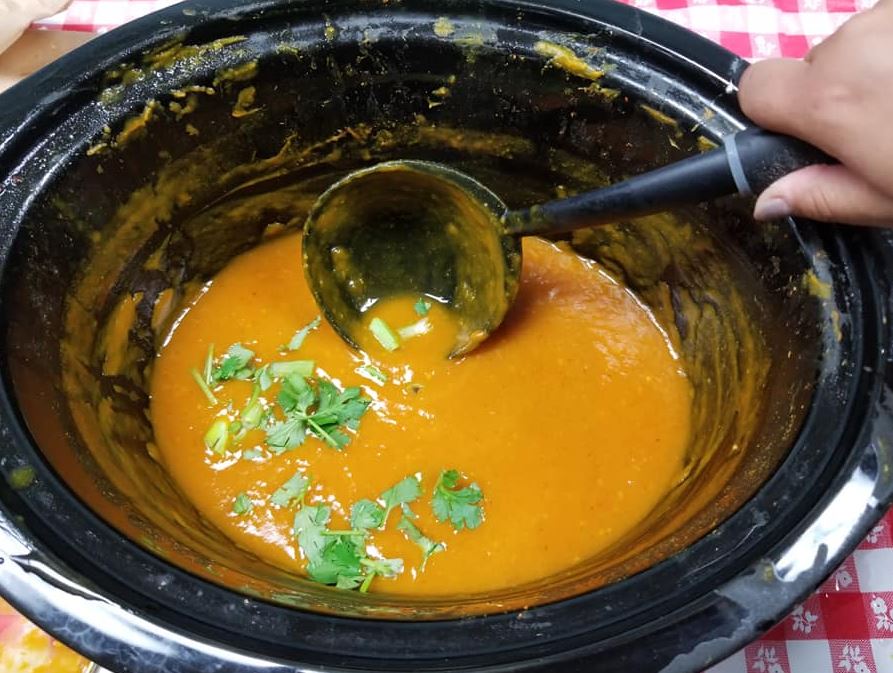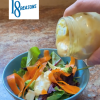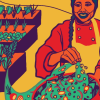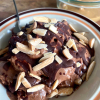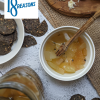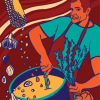After visiting a local pumpkin patch a couple years ago, my son, Drake, and I talked about all the work and resources that go into growing these fun fall icons. Once all of the Halloween festivities were over, he pointed out that most of the pumpkins in our neighborhood ended up abandoned on the porch, left to decay and rot into an even scarier scene. It turns out this is pretty standard in the United States. The U.S. Department of Energy reported that we grow about 2 billion pounds of pumpkins every year, and a shocking 1.3 billion pounds end up in landfills, producing potent methane gas.
As our attention shifted from Halloween to the fast-approaching Thanksgiving, the dark circles left on everyones porches remind us to be thankful for our farmers and our environment.
Fortunately, we can all do something to help reduce the number of pumpkins that go into the landfill. Putting them into the green bin after the holiday is a great option, but an even better option is to eat them! This year, rather than composting our pumpkins, we plan to upcycle ours and made a thai coconut pumpkin soup to share with friends at work.
To ensure the pumpkin is suitable for eating, plan ahead. Instead of carving, use non-toxic markers and paints, and possibly fun stickers to decorate it. Honestly, I am pretty happy not to have to deal with the mess and hand cramping that I always associate with the traditional pumpkin carving. And this way, we are able to enjoy our pumpkin as a decoration and show our respect to the farmers by actually eating it in the end.
Here's a simple recipe we use for making pumpkin puree. You can use this in place of canned pumpkin for any of your favorite recipes!
Pumpkin Puree
- Preheat your oven to 350°F.
- Peel off any stickers and rinse the pumpkin under cool water to rid the skin of any paint, marker, or residual dirt. Use a clean scrubber to remove decor, and a little bit of dish soap if necessary, making sure to fully rinse and dry once clean.
- Cut the pumpkin in half. Remove the seeds and stringy fibers with a metal spoon. Put the seeds aside for toasting, and compost the stringy material.
- Rub the fleshy surfaces with your favorite oil, then place the halves cut side down in a roasting pan. Add 1 cup of water to the pan.
- Bake in the oven until the flesh is tender when pierced with a knife; approximately 90 minutes.
- When tender, remove the pumpkin halves from the oven and place on a flat surface to cool.
- Once cool enough to handle, scoop out the pumpkin flesh into a food processor or large bowl.
- Puree the pumpkin or mash with a potato masher until smooth.
- Use the puree immediately, or store up to one week in the refrigerator. Alternatively, freeze puree into ice cubes and defrost as needed. 2 standard cubes = 1/4 cup.
Read more about decorating with and eating pumpkins in Pumpkin Planning.
For a sweet option, try Pumpkin-Apple Butter.
Note: Plan ahead by choosing a type of pumpkin or gourd that you will want to cook later. Many stores sell sugar pumpkins (for making delicious pumpkin pie and bread), and other beautiful squash that can be simply roasted with some olive oil, salt, and pepper.
Share your favorite ways to cook pumpkin in comments below!
Angelina Vergara manages StopWaste's Schools Program.

